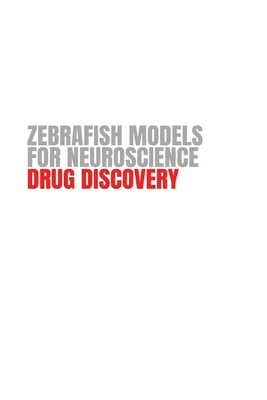You are here
Back to topZebrafish Models for Neuroscience Drug Discovery (Paperback)
Description
INTRODUCTION
1.1 BACKGROUND
1.1.1 Zebrafish
The zebrafish (Daniorerio), is a small fish, belonging to the genus Danio, which is a
part of the Cyprinidae family. It is a tropical fish that is found mainly in the Indian
sub-continent in various rivers, lakes, and freshwater bodies. The important
characteristics that have made zebrafish popular in research are as follows:
(1) Fully sequenced genome with high conservation to humans (Howe et al., 2014)
(2) High spawning frequency (Kimmel et al., 1995; Briggs, 2002)
(3) Ex-vivo fertilization (Kimmel et al., 1995; Briggs, 2002)
(4) High fecundity (Kimmel et al., 1995; Briggs, 2002)
(5) Transparent embryos (Kimmel et al., 1995; Briggs, 2002)
(6) Short generation time (Kimmel et al., 1995; Briggs, 2002)
(7) Ease of genetic/chemical manipulation (Scholz et al., 2008)
(8) Ease of housing and low husbandry time and costs (Grone & Baraban, 2015)
(9) Well-documented anatomical characteristics (ZFIN Atlas)
(10) Increasing use in drug discovery (MacRae & Peterson, 2015)
All the above characteristics make zebrafish a very interesting model for drug
discovery and disease biology. In terms of disease areas, zebrafish models have
been developed and are being used by various researchers in academia and industry
for neurology, cardiology, gastroenterology, nephrology, infectious diseases,
inflammation, immunology, and many other areas (MacRae & Peterson, 2015).
